European hotels upbeat in tough times, says Amex
According to the latest Amex European Corporate Travel Index, hotel rates in Western Europe have showed modest growth alongside improved occupancy over Q1 2002.
At the Western European level, rates for Lower and Mid Range hotels increased by 2.1% and 2% respectively quarter-on-quarter, while Upper Range hotels registered rate growth of 3.1%. Amex said that bearing in mind seasonal differences, Q1 growth is a clear improvement on the last six months of 2001, where rate growth for the Lower and Mid Ranges slowed by 0.3% and Upper Range rates struggled to post 0.6% growth.
Amex said the figures reflect a wider year-on-year trend to stable growth across the board: Lower Range rates increased by 2.3%, Mid Range by 3.2% and Upper Range by 4.2%.
Loraine O’Keefe, Manager, Consulting Services Group, American Express said: “Increased traveller confidence is having a positive impact on the hotel industry in Europe. An uptake in demand has put hotels in a buoyant mood. Increased occupancy and rate growth are starting to return to the intra-European market, which has been quick to rebound post September 11. Adaptable and creative in their marketing strategies, and further supported by improved conditions for corporate events and meetings, European hotels held their own.”
Amex said the resilience of the European market is noticeable in comparison with the subdued nature of the North American markets. There, mid-range hotels have weathered the storm, with rates rising 0.3% quarter-on-quarter and 0.8% year-on-year. In contrast, the Lower and Upper North American rates declined over the quarter – by 3.4% and 2% respectively, faring slightly better on a yearly analysis: 2.2% growth for the Lower Range and a drop of 1.7% for the Upper Range.
Ms O’Keefe explained: “The US market has been slow to respond to tough trading conditions. These North American figures reflect that essential travel is coming back on board, stabilising mid-market hotel rates. The New York picture says it all: drastic reduction across the board, from 20.8% for the Lower Range to 10.4% in the Upper Range over the quarter.”
United Kingdom
The Amex Corporate Travel Index reports that hotels across the UK generally reported little movement in rates, with Mid Range hotel rates declining by 2.9% over the quarter (-1.9% over the year), and the Upper Range rates falling by 0.4% over the quarter and posted no growth at all over the year. The only upward movement is to be found in the Lower Range, which shows an increase of 3.7% over the year.
Ms O’Keefe commented: “Although London traditionally enjoyed a good percentage of US travellers, I believe London hotels adapted well through this downturn. They actively encouraged tourists from other regions, as well as local leisure marketing, to help them survive the downturn.
“As businesses have been looking to cut costs for some time now, we’ve seen a trend towards a downgrading of hotels used. In London, the hotel industry has responded to this with the introduction of more reasonably-priced budget hotels, which provide a lower-priced alternative for the business traveller and leisure traveller alike. This is also reflected in the rate increases for the lower priced hotels. Equally, the Golden Jubilee and the BTA campaign are encouraging travel in the UK, regenerating tourism after the twin effects of foot and mouth and September 11.”
Europe
The Amex Corporate Travel Index reports that in contrast to the average rates, individual country and city statistics show more volatile rate changes on both a yearly and a quarterly basis, as per the table below.
Mid Range rates – increasingly the barometer for the health of the business travel market, as executives downgrade – in France and Germany were closer to the average at 2.4% and 1.7% quarter-on-quarter (4.2% and 2.2% year-on-year) respectively.
In contrast, Mid Range hotel rates in the Netherlands increased by 15.5% over the quarter (15.7% over the year) and Belgian hotel rates grew by 10.2% quarter-on-quarter (5.4% year-on-year). As business picks up the lack of adequate rooms in the Mid-Range hotels, room rates will increase.
Spanish hotels also registered strong growth across the Range, both quarter-on-quarter and year-on-year.
Rate trends by major European city
|
Lower |
Mid |
Upper |
||||
|
Q vs Q |
Y vs Y |
Q vs Q |
Y vs Y |
Q vs Q |
Y vs Y |
|
|
Amsterdam |
-4.2% |
-2.5% |
15.5% |
15.7% |
8.8% |
11.1% |
|
Brussels |
19.3% |
10.6% |
10.2% |
5.4% |
10.8% |
9.2% |
|
Frankfurt |
n/a |
n/a |
0.5% |
2.7% |
-10.2% |
-10.9% |
|
London |
-2.1% |
5.0% |
-4.4% |
-3.6% |
-0.6% |
-0.1% |
|
Madrid |
6.1% |
4.7% |
7.8% |
9.7% |
11.2% |
13.0% |
|
Paris |
-6.6% |
-2.3% |
3.0% |
6.5% |
-1.5% |
1.4% |
|
Rome |
-1.9% |
16.8% |
3.4% |
18.1% |
3.9% |
19.4% |
|
Stockholm |
27.5% |
-7.7% |
2.1% |
11.0% |
1.2% |
1.2% |
|
Zurich |
-13.5% |
0.0% |
13.2% |
13.9% |
5.3% |
3.6% |
Comparison of average hotel rates across cities (in euros)
|
Lower |
Mid |
Upper |
|
|
Amsterdam |
86 |
201 |
276 |
|
Brussels |
93 |
138 |
256 |
|
Frankfurt |
n/a |
101 |
191 |
|
London |
102 |
190 |
359 |
|
Madrid |
82 |
116 |
194 |
|
Paris |
68 |
113 |
217 |
|
Rome |
91 |
128 |
234 |
|
Stockholm |
111 |
172 |
269 |
|
Zurich |
75 |
125 |
205 |
Ms O’Keefe commented: “The picture in a number of European markets is complex and rate movements volatile; in some cases companies have been planning meeting destinations based on value for money, as our cost-per-trip analysis shows. City rate growth differences may also be a reflection of the new price transparency that now exists as a result of the introduction of the euro, making it difficult to justify rate hikes in the more expensive markets.”
The Index’s cost-per-trip summary demonstrates the changing cost in co-ordinating meetings and events at home and abroad, highlighting significant travel cost variations between European capitals.
Q1 2002 average cost-per-trip European comparison (in Euro)
|
City |
Q1 2001 |
Q1 2002 |
% change |
|
London |
7,448 |
7,516 |
0.9% |
|
Frankfurt |
7,107 |
7,412 |
4.3% |
|
Paris |
7,105 |
7,564 |
6.5% |
|
Amsterdam |
7,299 |
7,744 |
6.1% |
|
Stockholm |
10,676 |
11,248 |
5.4% |
|
Madrid |
8,869 |
8,463 |
-4.6% |
|
Rome |
9,798 |
10,243 |
4.5% |
|
Brussels |
6,135 |
7,270 |
18.5% |
* Based on seven people travelling to this city on a two-day trip: one person travelling from each of the other cities. The analysis comprises Business Class air travel, one return taxi fare, one night’s Mid Range hotel accommodation and an evening meal.
Managing accommodation expenses
The Amex Corporate Travel Index reports that the lack of consistency across the European markets, combined with continuing mandates for cost control, are confusing for companies who rely on executive travel to win new business and drive revenue growth.
Ms O’Keefe said: “The complexity – and new transparency – of the European hotel market means that companies derive a lot of value from negotiating volume-based discounts with hotel suppliers up front – and from enforcing these travel policies. Adherence to travel policies is more necessary than ever, given that business travellers may be tempted to abandon travel policies in the face of short-term promotions that undercut deals already struck with suppliers.”
The quarterly American Express European Corporate Travel Index (ECTI) is composed of the Airfare Index, Hotel Index and Car Index.
 United Kingdom
United Kingdom United States
United States Asia Pacific
Asia Pacific

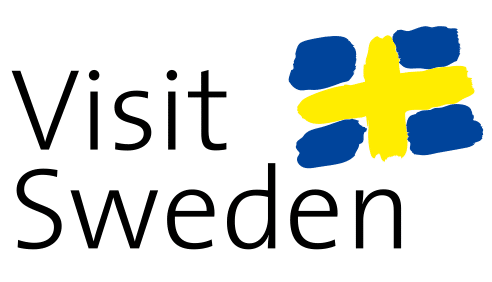



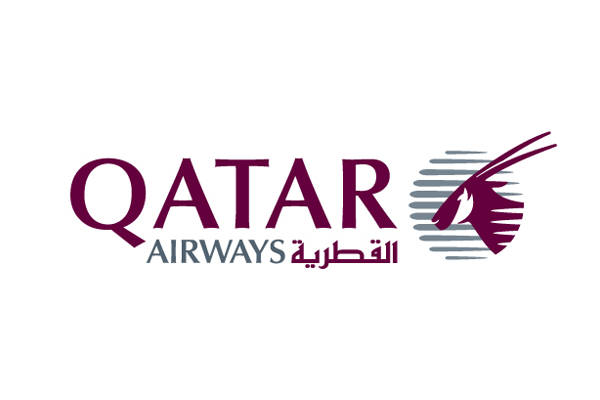

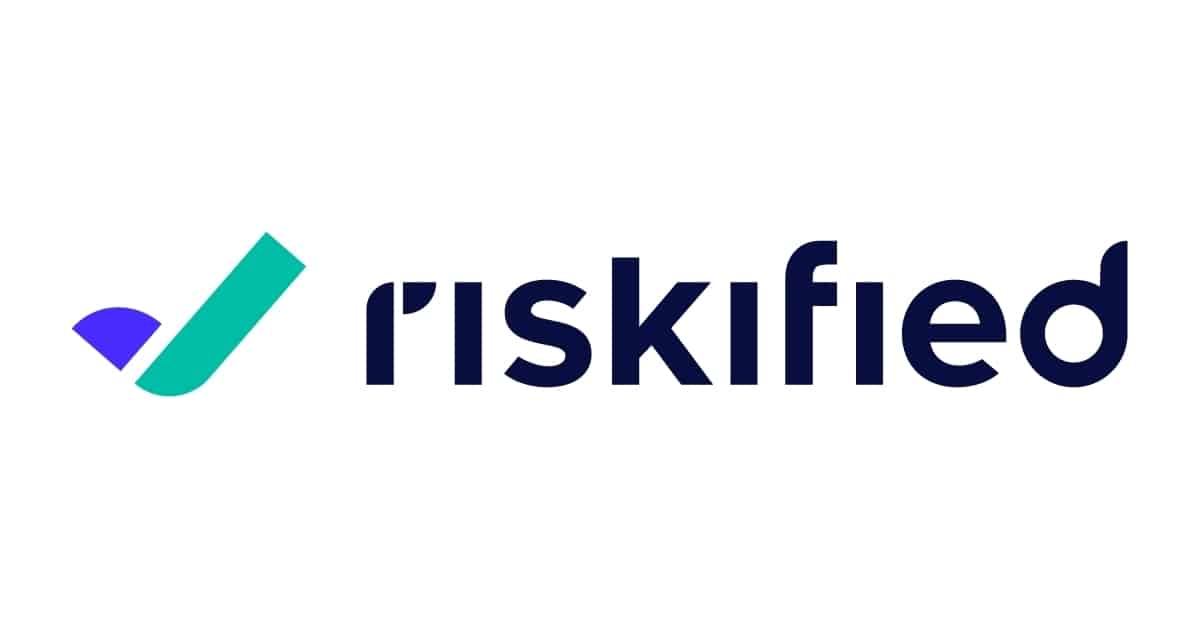



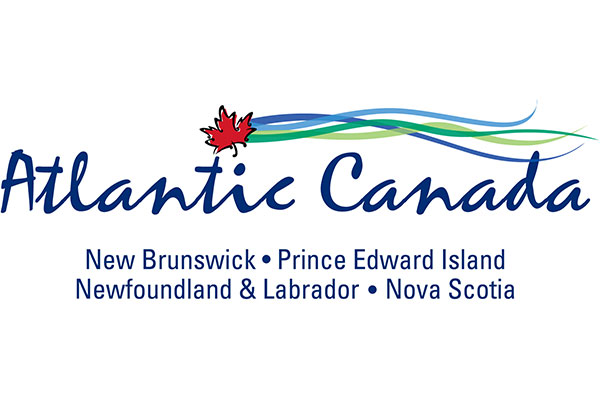
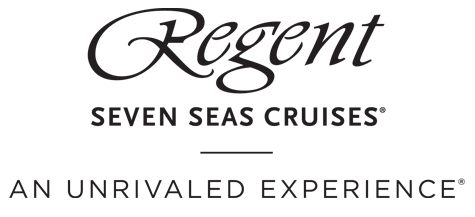
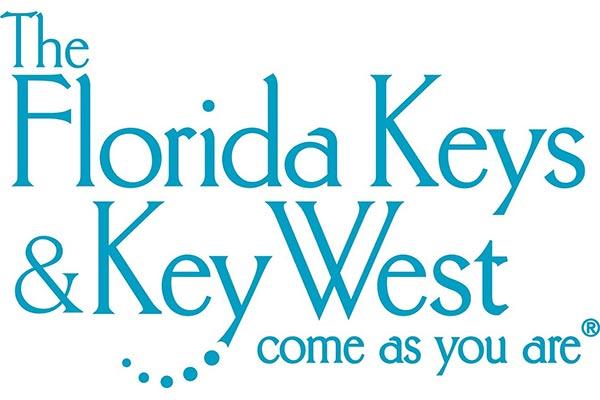


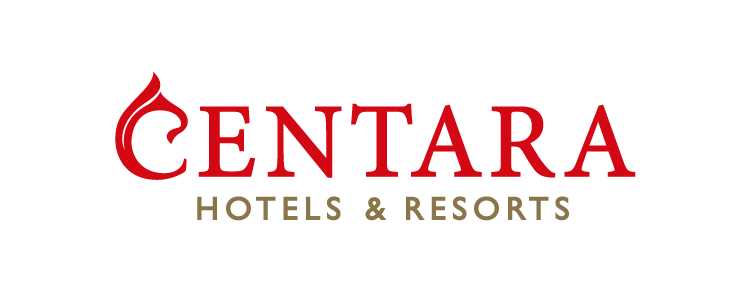


























Dozens fall ill in P&O Cruises ship outbreak
Turkish Airlines flight in emergency landing after pilot dies
Boy falls to death on cruise ship
Unexpected wave rocks cruise ship
Storm Lilian travel chaos as bank holiday flights cancelled